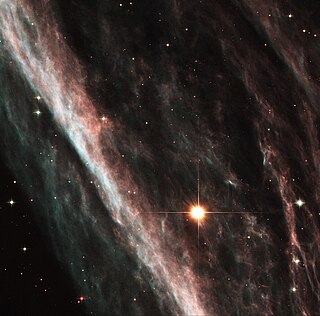
NGC 2736 is a small part of the Vela Supernova Remnant, located near the Vela Pulsar in the constellation Vela. The nebula's linear appearance triggered its popular name. It resides about 815 light-years away from the Solar System. It is thought to be formed from part of the shock wave of the larger Vela Supernova Remnant. The Pencil Nebula is moving at roughly 644,000 kilometers per hour.
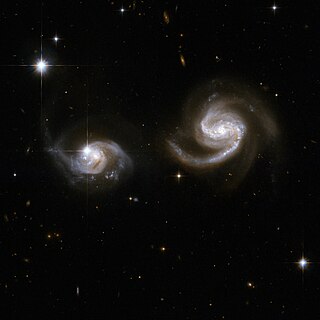
NGC 6786 is an interacting spiral galaxy 350 million light years from the Earth, in the constellation of Draco. NGC 6786 is currently interacting with LEDA 62867, and, being the larger galaxy, it is likely that NGC 6786 will absorb LEDA 62867 in the future. Both galaxies appear to be undergoing a starburst, a phenomenon commonly seen among interacting and merging galaxies.
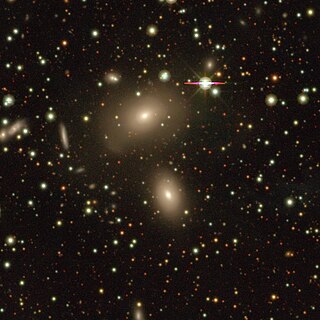
NGC 7033 is a lenticular galaxy located about 390 million light-years away in the constellation of Pegasus. It is part of a pair of galaxies that contains the nearby galaxy NGC 7034. NGC 7033 was discovered by astronomer Albert Marth on September 17, 1863.

LEDA 83677 is a lenticular galaxy located about 290 million light-years away in the constellation Coma Berenices. It is a member of the Coma cluster of galaxies. LEDA 83677 is also classified as a type 1 Seyfert galaxy. The core of the galaxy is emitting high-energy X-rays and ultraviolet light, probably caused by a massive black hole lurking in the core.

NGC 5559 is a barred spiral galaxy, located 240 million light-years away in the constellation of Boötes. It was discovered on April 10, 1785, by the astronomer William Herschel.

NGC 4753 is a lenticular galaxy located about 60 million light-years away in the constellation of Virgo. NGC 4753 was discovered by astronomer William Herschel on February 22, 1784. It is notable for having distinct dust lanes that surround its nucleus. It is a member of the NGC 4753 Group of galaxies, which is a member of the Virgo II Groups, a series of galaxies and galaxy clusters strung out from the southern edge of the Virgo Supercluster.
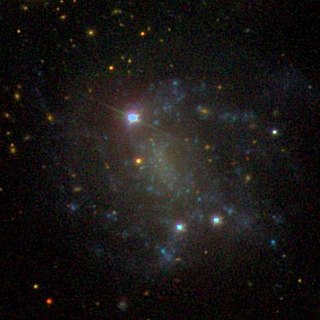
NGC 4523 is a Magellanic spiral galaxy located about 35 to 50 million light-years away in the constellation Coma Berenices. It was discovered by astronomer Heinrich d'Arrest on April 19, 1865. NGC 4523 is a member of the Virgo Cluster. A distance of for NGC 4523 was derived from using yellow supergiants in the galaxy as standard candles.

NGC 4564 is an elliptical galaxy located about 57 million light-years away in the constellation Virgo. NGC 4564 was discovered by astronomer William Herschel on March 15, 1784. The galaxy is also a member of the Virgo Cluster.
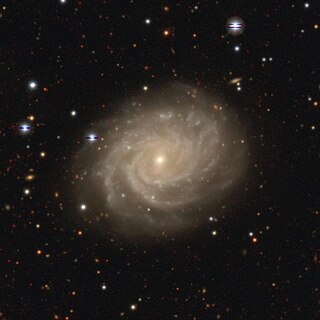
NGC 3336 is a barred spiral galaxy located about 190 million light-years away in the constellation Hydra. It was discovered by astronomer John Herschel on March 24, 1835. NGC 3336 is a member of the Hydra Cluster.
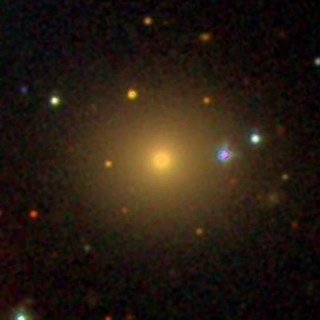
NGC 1259 is a lenticular galaxy located about 243 million light-years away in the constellation Perseus. The galaxy was discovered by astronomer Guillaume Bigourdan on October 21, 1884 and is a member of the Perseus Cluster.
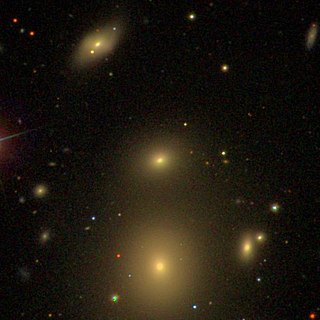
NGC 3841 is an elliptical or lenticular galaxy located about 300 million light-years away in the constellation Leo. It was discovered by astronomer John Herschel on March 25, 1827 is a member of the Leo Cluster.

NGC 3861 is a large barred spiral galaxy with a ring-like structure located about 310 million light-years away in the constellation Leo. It was discovered by astronomer John Herschel on March 23, 1827. NGC 3861 is a member of the Leo Cluster and has a normal amount of neutral hydrogen and ionised hydrogen.
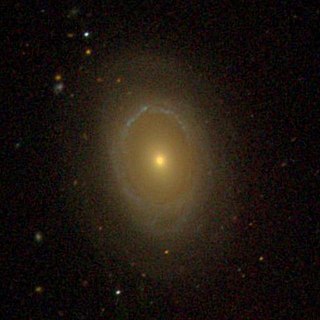
NGC 3884 is a spiral galaxy located about 330 million light-years away in the constellation Leo. The galaxy was discovered by astronomer William Herschel on April 27, 1785 and is a member of the Leo Cluster.
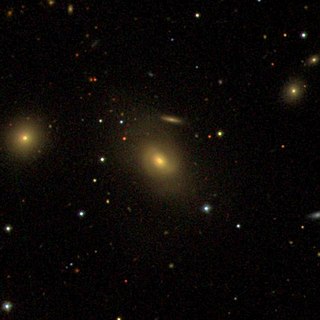
NGC 6055 is a barred lenticular galaxy located about 450 million light-years away in the constellation Hercules. The galaxy was discovered by astronomer Lewis Swift on June 8, 1886. It also a member of the Hercules Cluster and is a LINER galaxy.
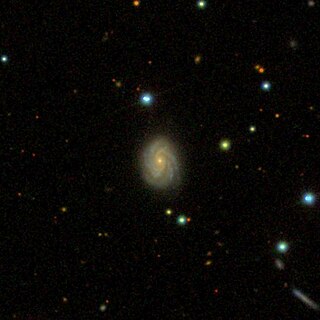
NGC 819 is a spiral galaxy approximately 302 million light-years away from Earth in the constellation of Triangulum. It forms a visual pair with the galaxy NGC 816 5.7' WNW.

NGC 7838 is a spiral or lenticular galaxy located about 500 million light-years away in the constellation of Pisces. The galaxy was discovered by astronomer Albert Marth on November 29, 1864. NGC 7838 appears to interact with NGC 7837 forming Arp 246.
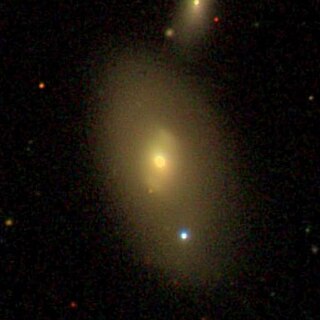
NGC 4296 is a barred lenticular galaxy located about 200 million light-years away in the constellation Virgo. It was discovered by astronomer William Herschel on April 13, 1784. It forms a pair with NGC 4297, and both galaxies are listed as CGCG 042-041, and KPG 331.

NGC 7329 is a large barred spiral galaxy located in the constellation Tucana. NGC 7329 was discovered by British astronomer John Herschel in 1835.

LEDA 2073461 is a spiral galaxy located 950 million light-years away in the Ursa Major constellation. It seems to be interacting with another galaxy, SDSS J115331. But in reality, SDSS J115331 is merely a background galaxy which its alignment happens to overlap with LEDA 2073461. It is unlikely they will ever collide with each other.

IC 3528 is a Seyfert 1.5 type spiral galaxy with X-ray emission located 660 million light-years away in the constellation of Coma Berenices. It lies near to spiral galaxy NGC 4540, although the two of them are quite far. The object was discovered by Royal Harwood Frost on May 7, 1904. Although listed as a member in the Virgo Cluster Catalogue as VCC 1593, it is not a member of the Virgo cluster but a background galaxy.



















